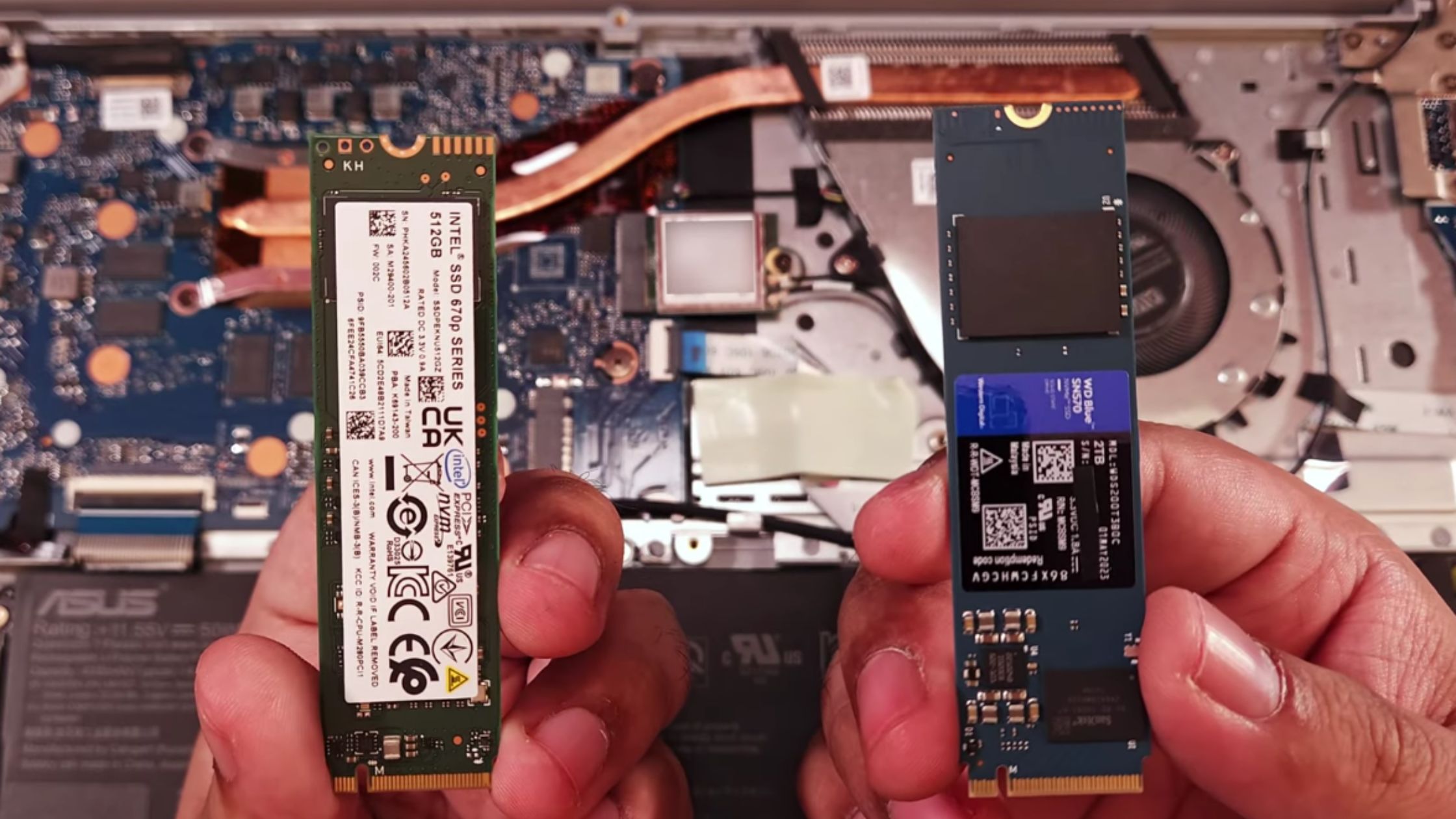SSD-Price.com – Copy SSD to new SSD is akin to giving your computer a turbo boost. In the realm of digital storage, upgrading to a new SSD (Solid State Drive) with faster read and write speeds, improved reliability, and enhanced performance, migrating your data from an old SSD or HDD (Hard Disk Drive) to a new SSD can breathe new life into your system.
In this comprehensive guide, we’ll walk you through the process of copying data from your old SSD to a new one, ensuring a smooth transition without any data loss or hiccups.
The Importance of Data Migration
Copy SSD to new SSD (data migration) is the process of transferring data from one storage device to another, typically when upgrading to a new hardware platform or storage technology.
When copy SSD to new SSD, it’s essential to migrate your data effectively to avoid losing valuable files, settings, and applications.
Proper data migration ensures that your new SSD contains all the necessary files and configurations, allowing you to seamlessly pick up where you left off without any disruptions to your workflow.
Preparation: Before You Begin
Before diving into the data migration process, it’s crucial to take the necessary preparatory steps to ensure a successful transition. Here’s what you need to do:
Back Up Your Data
Before making any changes to your storage configuration, it’s essential to back up all your data to an external drive or cloud storage service.
This ensures that you have a copy of your important files in case anything goes wrong during the migration process.
Check Compatibility
Ensure that your new SSD is compatible with your system’s interface (e.g., SATA, NVMe) and form factor (e.g., 2.5-inch, M.2).
Consult your computer’s manufacturer or SSD manufacturer’s website for compatibility information.
Gather Necessary Tools
You’ll need a few tools to complete copy SSD to new SSD process, including a screwdriver (if physically installing the new SSD), cloning software, and a USB-to-SATA adapter (if performing a direct disk-to-disk clone).
Copy SSD to New SSD Methods
There are several methods you can use to migrate data from your old SSD to a new one. The most common methods include:
Disk Cloning
Disk cloning involves creating an exact copy SSD to new SSD, including the operating system, files, and settings.
This method is straightforward and preserves all your data, but it requires a bit more time and effort.
Manual Transfer
Manual transfer involves copying your files and folders from the old SSD to the new one manually.
While this method gives you more control over what gets transferred, it can be time-consuming, especially if you have a large amount of data.
Step-by-Step Guide to Copying SSD to New SSD
Now that you’re familiar with the importance of data migration (copy SSD to new SSD) and the methods available let’s dive into the step-by-step guide for copying your SSD to a new SSD:
Step 1: Connect the New SSD
If you’re physically installing the new SSD into your computer, shut down your system, disconnect the power cable, and open your computer’s case.
Install the new SSD into an available drive bay and connect it to the motherboard using the appropriate cables.
Step 2: Clone Your SSD
Using cloning software such as Clonezilla, Acronis True Image, or Macrium Reflect, initiate the cloning process.
Select your old SSD as the source disk and the new SSD as the target disk. Follow the on-screen prompts to start the cloning process.
Step 3: Verify the Clone
Once the cloning process is complete, verify that the data was successfully copied to the new SSD. Check for any errors or missing files to ensure that the migration was successful.
Step 4: Set the New SSD as the Boot Drive
If you cloned your operating system to the new SSD, you’ll need to set it as the primary boot device in your computer’s BIOS or UEFI settings.
Restart your computer and enter the BIOS/UEFI setup utility. Locate the boot options menu and select the new SSD as the primary boot device.
Step 5: Test and Finalize
After setting up the new SSD as the boot drive, restart your computer and ensure that everything is working correctly.
Test various applications and files to verify that the migration was successful. Once you’re confident that everything is in working order, you can safely remove the old SSD from your system.
Conclusion
Upgrading to a new SSD is an excellent way to boost your computer’s performance and storage capacity.
By following the steps outlined in this guide, you can seamlessly copy your data from your old SSD to a new one without any hassle or data loss.
Remember to take the necessary precautions, such as backing up your data and verifying the clone, to ensure a smooth transition.
With your new SSD up and running, you can enjoy improved speed, reliability, and efficiency in your computing experience.


